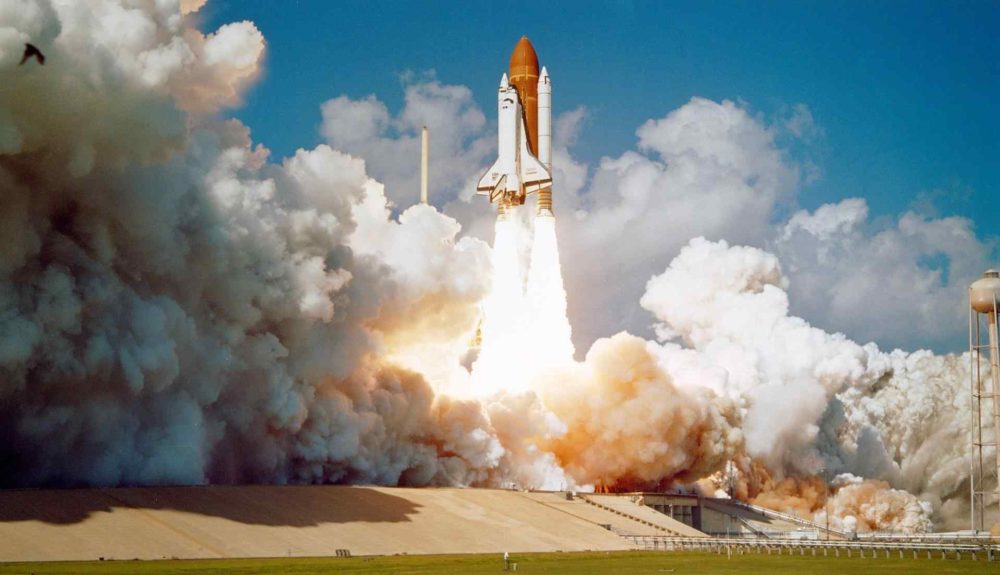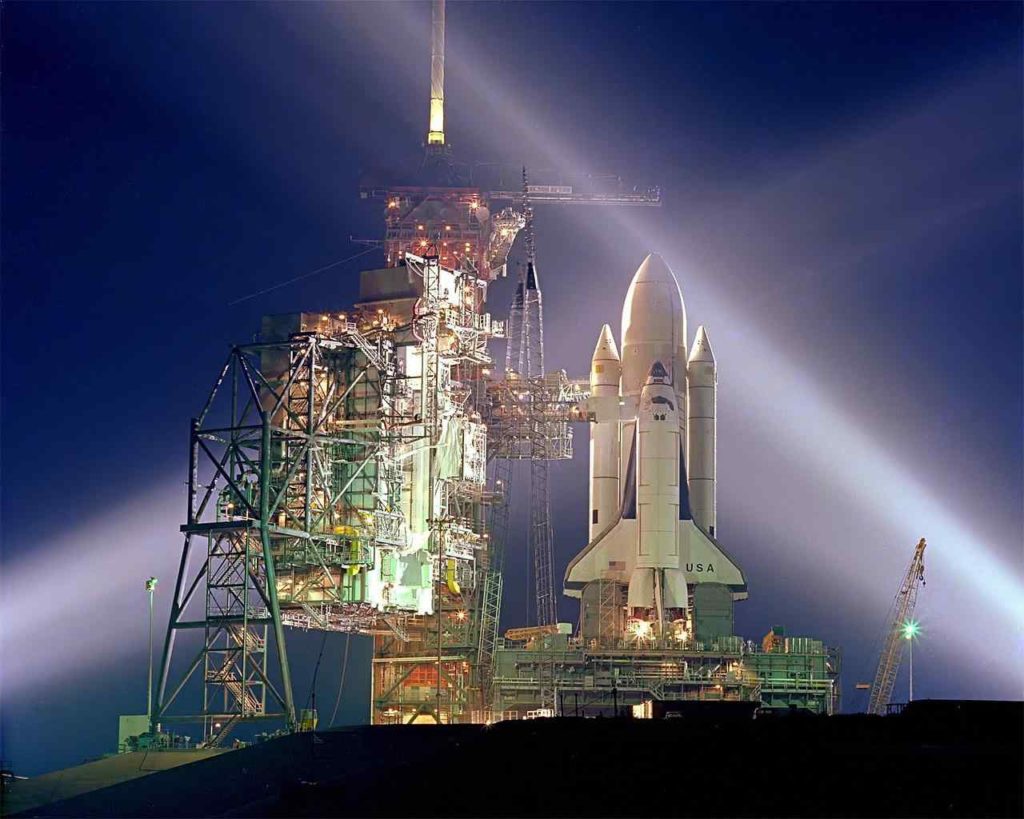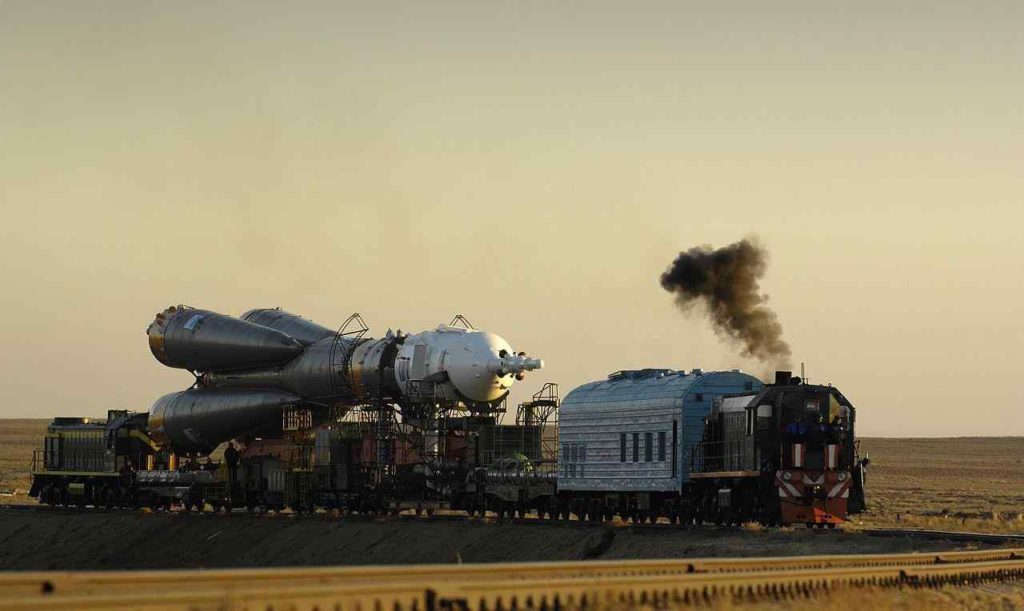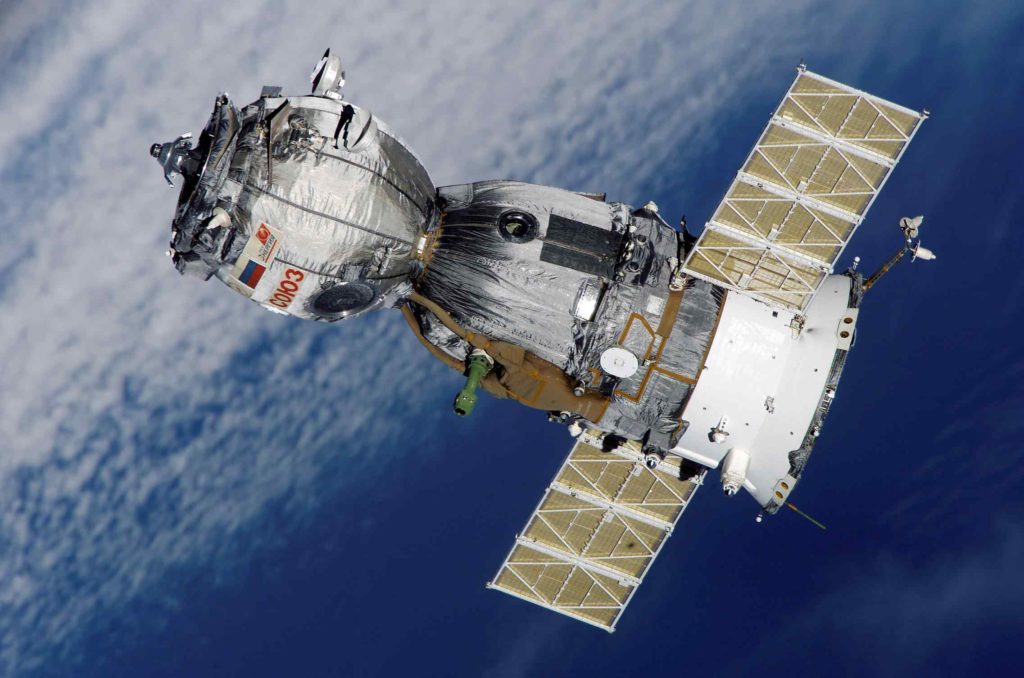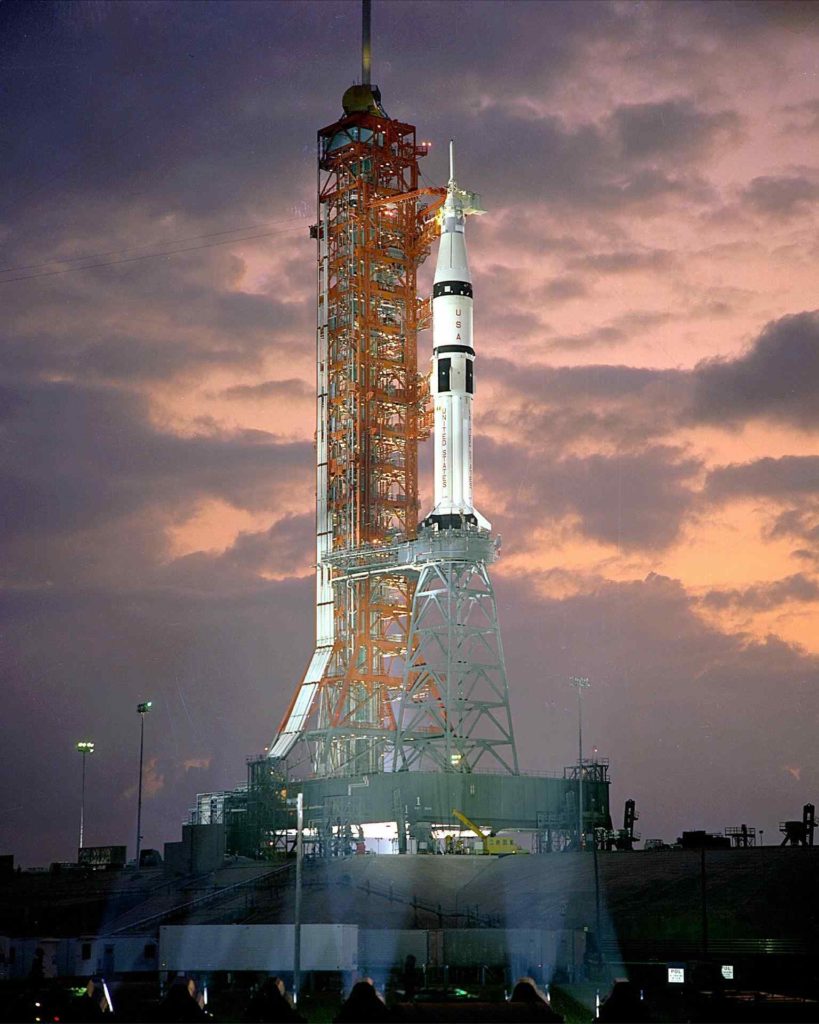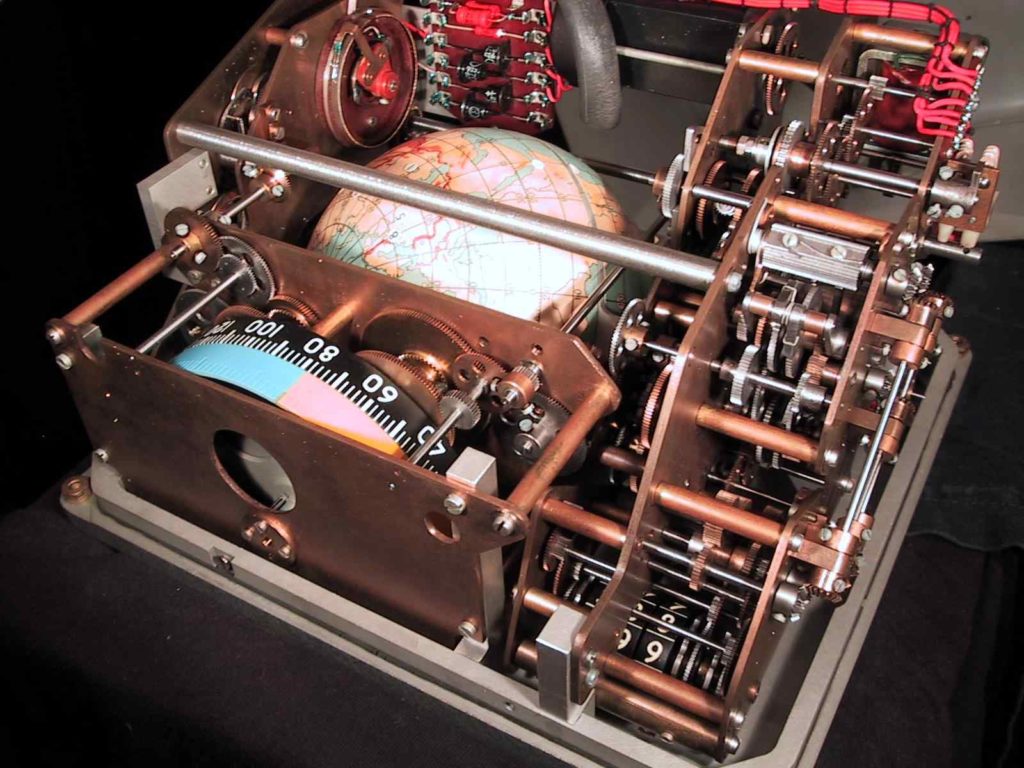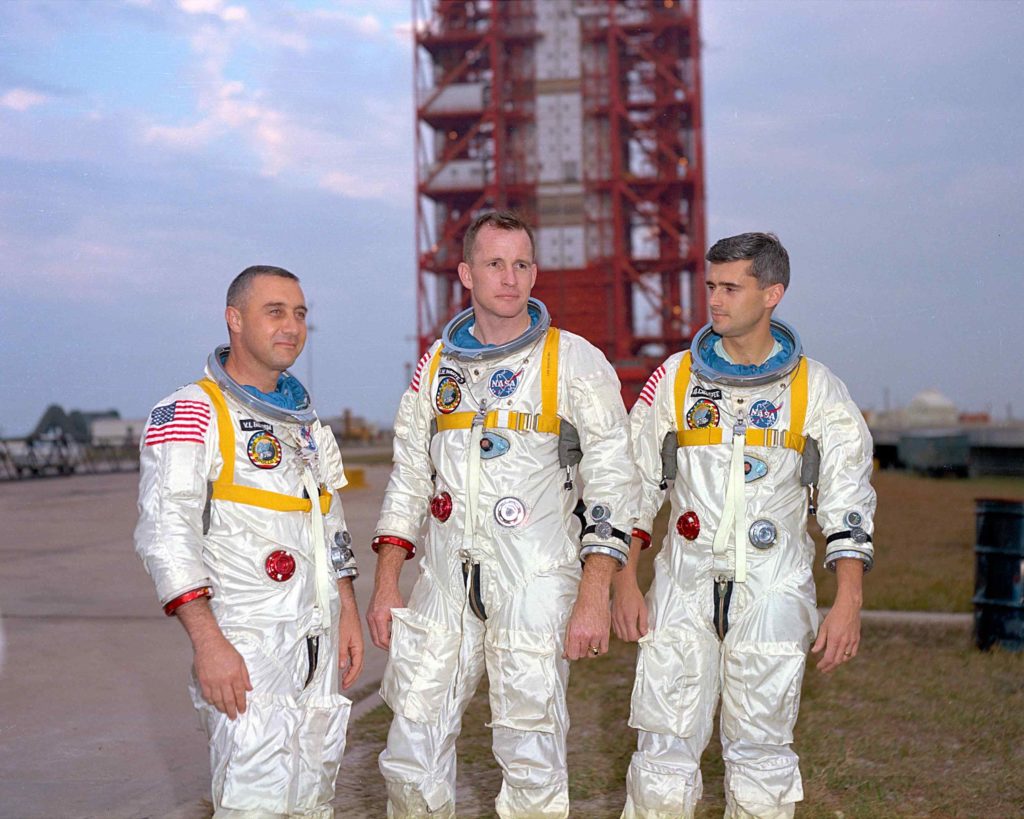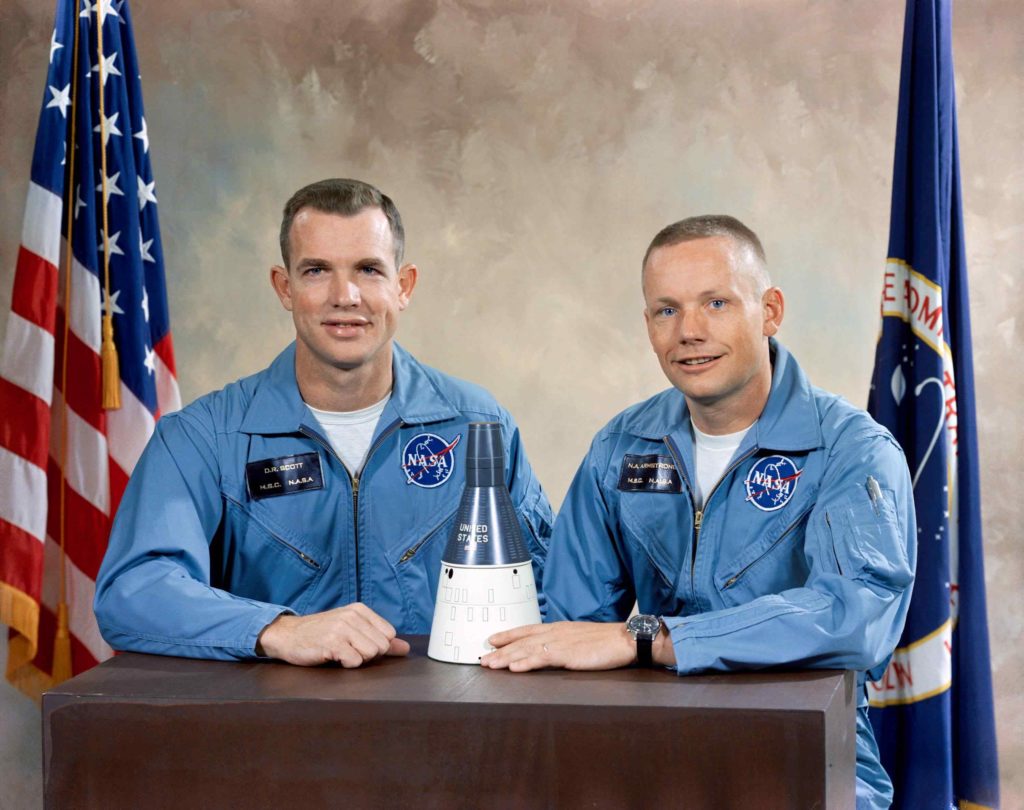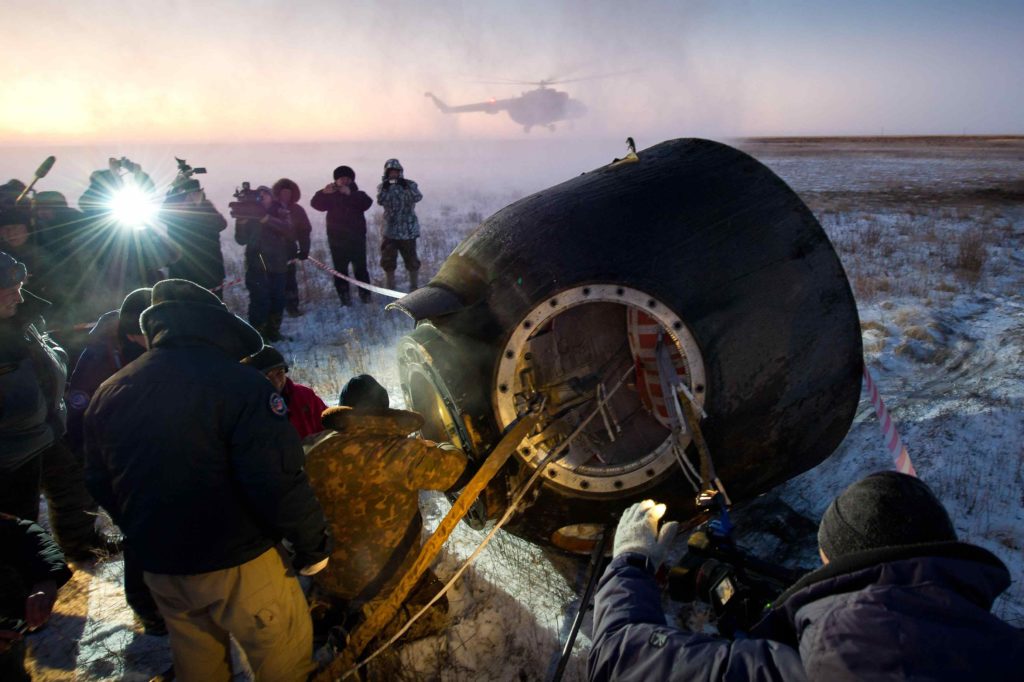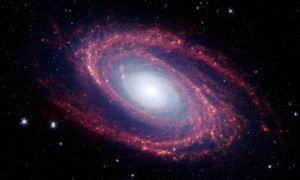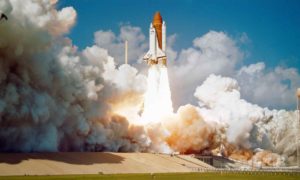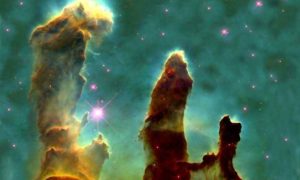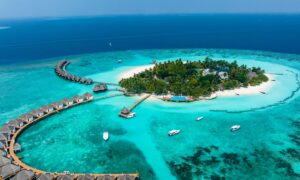Space exploration has been a subject of pride for nations who have managed to achieve this huge feat. But this achievement comes at a great cost – the cost of the lives of extremely talented astronauts and cosmonauts. Here is a list of the 10 worst space shuttle disasters in history.
Space Shuttle Disasters
1. Space Shuttle Challenger
The disaster that occurred with Space Shuttle Challenger remains one of the worst space disasters in NASA’s history and it led to the deaths of all the crew members present on board. Mrely 73 seconds after the launch, the shuttle burst into flames and started hurtling down towards the Earth. Later studies revealed that the crew were probably alive during this time and died because of the strong impact of the shuttle with the ocean at 333 kilometres per hour. This disaster was caused by a faulty mechanical gasket in the fuel compartment which led the shuttle to go up in flames.
Its been now 33 years of the U.S. shuttle orbiter Challenger blew itself just after 73 seconds of its launch killing all 7 astronauts on board. It looks like an explosion, however, it is not an explosion, actually, seal in the shuttle’s right solid-fuel rocket booster that was designed to prevent leaks from the fuel tank during liftoff weakened because of frigid temperatures and failed. After that, hot gas began pouring through the leak and later fuel tank itself collapsed and tore apart creating a huge fireball of liquid oxygen and hydrogen.
Related: The 2019 Spaceflight Events You Don’t want to miss

2. Space Shuttle Columbia
This space disaster took place in 2003 and was one of the most shocking since it came after the shuttle had completed its mission, on the way to re-entry into the atmosphere of Earth. The Shuttle was launched from Kennedy Space Centre and the crew was to stay in space for two weeks, conducting various experiments in a dedicated pod called ‘Spacehab”. After the pre-decided 2 week stay they started their decent, and merely 16 minutes away from the Earth, the shuttle exploded. Investigations revealed that it had collided with debris during the launch sequence and this causes damage to the left wing, from where not gases had entered and caused the blast. All the members on board died in this blast.
The second space disaster after Challenger that saw a failure at the time of launch in the year 1986. The space shuttle successfully completed 27 missions, the STS 107 was its 28th mission. According to the Columbia Accident Investigation Board, it was caused because of a piece of insulating foam that broke off that caused a hole in the leading edge of the left wing less than two minutes into the flight. The crew members of the Mission STS 107 includes Michael Anderson, Payload Commander; David Brown, Mission Specialist; Kalpana Chawla, Mission Specialist; Laurel Clark, Mission Specialist; Rick Husband, Shuttle Commander; William “Willie” McCool, Shuttle Pilot and Ilan Ramon, Payload Specialist. The total cost of the investigation was $400 million that involves more than 2,500 workers and over 85,000 pieces of debris.
Also Read: Top 10 Biggest Engineering Disasters In History
3. Soyuz 11
One of the most horrible space disasters to have struck a Russian spacecraft, this is also the only example of a disaster where the crew died in outer space. The Soyuz 11 successfully began its journey and the planned three-week stay in space. The crew conducted various experiments including tests to determine the effect of prolonged weightlessness on the human body and were set to return on the 22nd day. However, just before the decent, one of the valves in the shuttle malfunctioned and caused a sudden depressurisation of the shuttle. The crew died within a minute due to high altitude decompression.
On 30 June 1971, the soviet union is all set to welcome its three latest cosmonaut heroes back to Earth after an amazing space mission. The Soyuz 11 mission includes Georgi Dobrovolski, Vladislav Volkov, and Viktor Patsayev who spent 23 days in orbit but they have also occupied the world’s true space station. It was one of the fitting response to the USA after placing a man on the Moon, however, tragic news was that all the entire crew was dead. This resulted in hemorrhages, internal bleeding and damaged eardrums which ultimately led to their deaths.
Image Source: Wikimedia
4. Soyuz T-10
This Shuttle was launched in 1975 and a mere 5 minutes after launch, it began rapidly descending towards the Earth. The craft faced a force of more than 21G (the force experienced by a Boeing aircraft during takeoff is merely 0.35G) and had tunnel vision and black and white vision and was also dangerously close to losing consciousness. However, all three cosmonauts survived the descent and landed on a mountainside in Siberia. From there, they tumbled towards a 500-foot cliff. However, the strings of the parachute caught onto a tree and saved the crew from almost certain death.
Image Source: Wikimedia
5. Soyuz 1
Soyuz was an ambitious plan by the Soviet Union to put people in space and the launch of the first Soyuz Shuttle was highly anticipated. Onboard this shuttle was only one cosmonaut – Colonel Vladimir Komarov. Minutes after the launch, however, the solar panel that powered the shuttle failed to open and the shuttle was running low on power while orbiting the Earth. Komarov tried everything right down to kicking the inside of the shuttle to get the panel to dislodge, but all efforts failed. An attempt to send another shuttle to rescue the first one had to be abandoned due to an electrical storm. Despite all odds, the Colonel managed to manually re-enter into the Earth’s atmosphere but the chutes failed to open. It is estimated that he was alive and conscious until the point of impact with the Earth.
6. Voskhod 2
In 1965, Voskhod became the first shuttle to complete an ‘Extra Vehicular Activity’, known as a spacewalk, but was remembered more for its disastrous landing and the following rescue. On re-entry, the automatic orientation device failed and the cosmonauts had to land the craft manually. They finally touched down in the forests in the Ural Mountains with no habitation nearby. The command centre was not sure if the shuttle landed successfully until it was spotted by a helicopter. A rescue attempt was made the next day and the crew was evacuated to a nearby clearing and reported that their mission had been successful.
Image Source: Wikimedia
7. Apollo 1
The tragedy that hit Apollo 1 is one of the worst space disasters in history mainly because is occurred not during the actual launch but during a simulation. The 3 crew members were preparing for a later launch and the initial stages were filled with technical glitches and malfunctions. Finally, after hours of improvisation, the countdown reached T minus 10 minutes and one of the astronauts reported a fire in the cockpit. Within 17 seconds, all of the crew members were dead because of carbon monoxide poisoning.
Image Source: Wikimedia
8. Gemini 8
The Gemini program was designed to support the Apollo Lunar Program and in 1966, the Gemini 8 was to attempt a space docking – the first ever attempted. There were two men on board including Astronaut Neil Armstrong. The shuttle succeeded in its mission but started to tumble violently after docking with the vessel. The astronauts were forced to disengage, but continued to tumble and were at a risk of losing consciousness. The problem lied with one of the thrusters which malfunctioned causing this unusual movement. The craft was forced to land merely 11 hours after takeoff.
Image Source: Wikimedia
9. Soyuz 23
This shuttle had completed various missions before this fateful launch in 1976, which turned out to be one of the worst space disasters and also one of the most miraculous rescues ever attempted. The launch was plagued with problems from the start. First, the bus transporting the cosmonauts to the launch pad broke down. Then the shuttle to shift off-course due to strong winds at the launch pad. Once in orbit, the docking program malfunctioned and turned the shuttle away from the space station and Soyuz was forced to abandon the mission and re-enter the Earth’s atmosphere. Once again due to strong winds, the shuttle landed on a freezing lake and sunk to the bottom. The helicopter attempting to pull it out was unsuccessful and the cosmonauts spend the whole night at the bottom of the lake in sub-zero temperatures. The next day, the craft was pulled to shore and miraculously, both the crew members had survived!
Image Source: Wikimedia
10. X-15 Flight 3-65-97
In 1967, Michael J Adams prepared for his seventh flight in a small experimental aircraft called X-15 and the launch was successful. Adams reached an altitude of 81,000 meters and initiated a wing rocking manoeuvre to enable the camera attached to the craft to scan the horizon. However, this began a series of technical failures. The rocking became more intense the craft went into a Mach 5 spin, followed by a Mach 4.7 inverted fall. This caused the plane to experience intense pressure and at 20,000 meters above the ground, the plane exploded, killing Adams.
Image Source: Wikimedia
These are the 10 most space shuttle disasters in history. Do post your comments.

